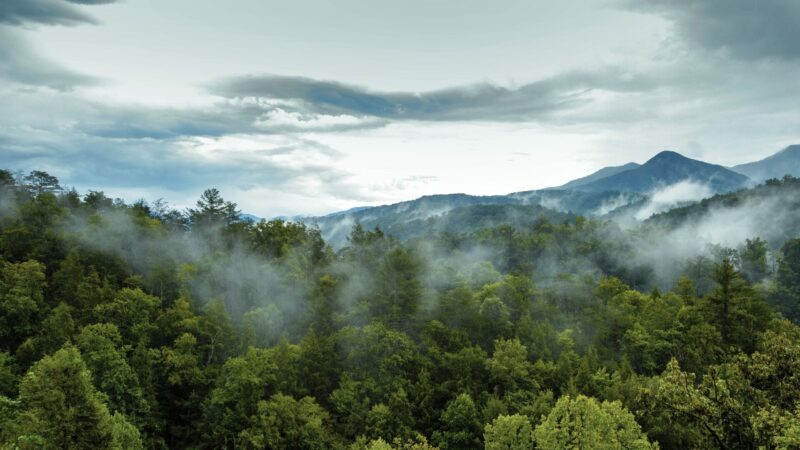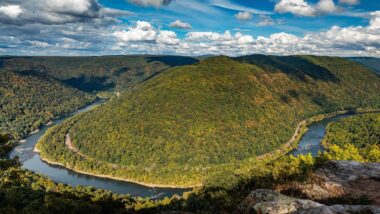Table of Contents Show
Do you know which national park is the most visited in the country? It’s not Yellowstone or the Grand Canyon. It’s Great Smoky Mountains National Park that stretches along the Tennessee-North Carolina border.
In 1987, the park saw its first 10-million-visitors year. In 2021, more than 14 million travelers visited the Smokies. The four or five million visitors to Grand Canyon and Zion – the second and third most visited parks – don’t compare. Let’s dive in and learn more about this popular tourist destination in the Appalachian Mountains.
Where Is Great Smoky Mountains National Park?
Great Smoky Mountains National Park covers 522,000 acres in the Southeast U.S. The park is divided almost evenly between Tennessee and North Carolina.
The park’s boundary in the southwest is Highway 129, and I-40 runs along the northeast boundary. Highway 321 travels along the north of the park. Cherokee, North Carolina sits just outside the southeastern border of the park.
Sevierville, Tennessee is less than 30 minutes north of the park.
When Did Great Smoky Mountains National Park Become A National Park?
Even though the Smokies have been protected since 1926, getting this designation was a challenging journey. Whereas the western national parks were in areas where most people didn’t live and weren’t going to live, hundreds of small farmers and a handful of large timber and paper companies owned land in the Smokies.
Eventually, auto clubs showed interest in protecting this region as it provided beautiful scenery. They wanted good roads on which they could drive their new automobiles.
Other supporters in Knoxville and Asheville wanted a protected preserve. President Calvin Coolidge finally signed a bill in 1926 establishing Great Smoky Mountains National Park.
But even after the designation, acquiring the land was a struggle as families didn’t want to leave their homes, and timber and paper companies didn’t want to lose valuable resources.
After about a decade of work by the Civilian Conservation Corps creating trails, building facilities, and establishing campgrounds, President Franklin Roosevelt formally dedicated the national park in 1940.
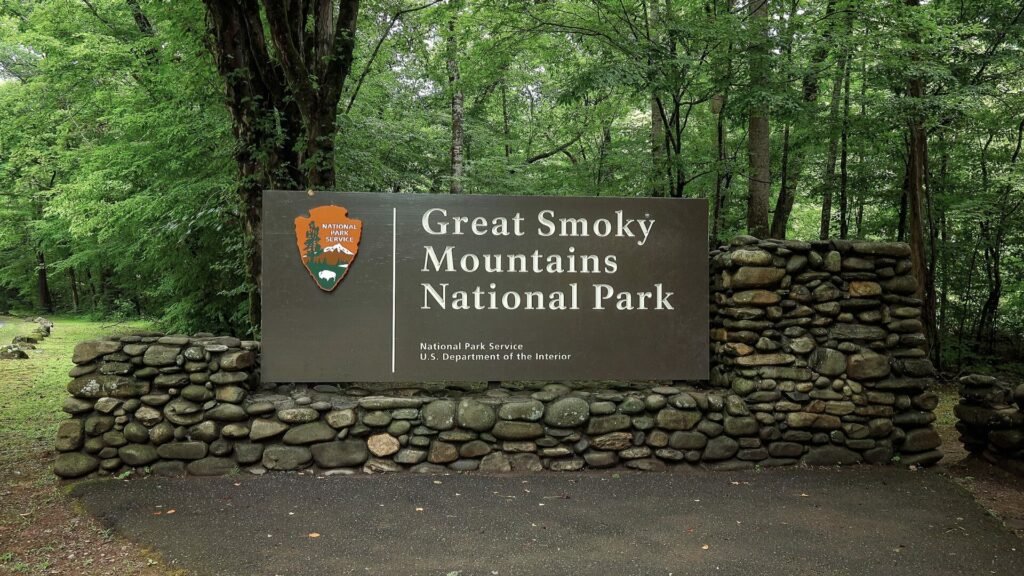
What’s So Special About Great Smoky Mountains National Park?
The Smokies get their name from the constant morning fog that settles on the mountains. But once the fog lifts, the scenery is breathtaking.
There are 850 miles of hiking trails, including 70 miles of the Appalachian Trail. Clingman’s Dome is the highest point in the park at 6,643 feet. Millions of visitors enjoy exploring Great Smoky Mountains National Park on foot, getting as close to nature as possible to take in the sights and sounds of the Appalachians.
But many visitors also take in the breathtaking views from their cars. Leaf peepers flock to the Smokies during October for the spectacular display of colors. With almost 400 miles of roads, this national park is accessible to all people and provides panoramic views and access to mountain streams and historic buildings.
Great Smoky Mountains National Park is home to diverse plant and animal life, providing a sanctuary for over 1,600 species of flowering plants, over 500 species of non-flowering plants, 65 species of mammals, over 200 varieties of birds, 67 native fish species, and more than 80 types of reptiles and amphibians.
The park protects over 100 species of plants and animals listed as threatened or endangered in Tennessee and North Carolina.
Besides the natural beauty of Great Smoky Mountains National Park, this area also preserves the southern Appalachian culture. Over 90 historic structures are preserved, including houses, barns, outbuildings, churches, schools, and gristmill.
Many are listed in the National Register of Historic Places and showcase how these communities existed in the past.
Pro Tip: Here’s the Easiest Way to Get Into Great Smoky Mountains!
3 Most Popular Attractions In Great Smoky Mountains National Park
There are so many things to do in the 522,000 acres of Great Smoky Mountains National Park. From biking to hiking to fishing to horseback riding to wildlife viewing to auto touring, visitors can spend days in this special place of the southeastern U.S.
Here are our top three suggestions when you visit Great Smoky Mountains National Park!
1. Drive the Cades Cove Loop
Cades Cove may be the most popular location in the park. This valley offers some of the best wildlife viewing opportunities, is home to historic structures of the 1800s, provides access to miles of hiking trails, and has year-round campsites.
The Cades Cove Loop is an 11-mile, one-way road that circles the cove. We would suggest allowing at least two hours to tour Cades Cove.
During the summer and fall, traffic is heavy with tourists using the pullouts to enjoy the scenery and view wildlife. But it’s a location in Great Smoky Mountains National Park that you don’t want to miss!
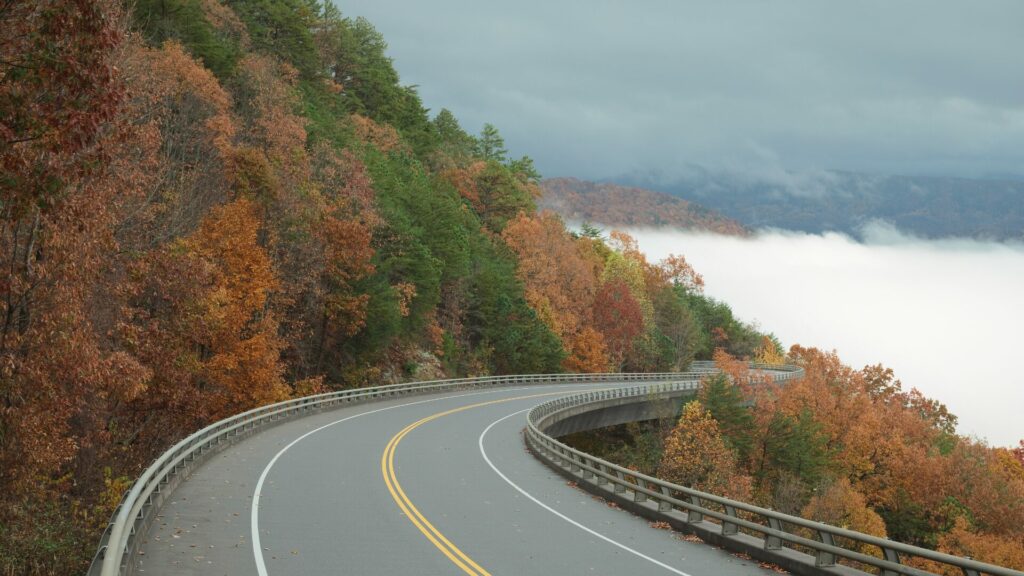
2. Hike to Rainbow Falls
It’s hard to choose just one hike to list since there are 150 trails in the park, but we like the hike to Rainbow Falls. The first mile follows LeConte Creek, taking hikers through a beautiful array of rhododendron, teaberry, and other plant life.
About 1.7 more miles will take you to the 80-foot waterfall, named for the rainbow mist onlookers enjoy in the afternoon sun. The overall elevation change is 1,700 feet. It’s a moderately challenging route.
You can turn around and hike the 2.7 miles back to the trailhead, or if you want to extend your hike, you can continue past the falls for a total of 6.7 miles up to the summit of Mt. Le Conte. We encourage all hikers in Great Smoky Mountains National Park to carry bear spray as black bears are frequently seen.
Pro Tip: Check out these life-saving hiking tips before going on any major hike!
3. Visit the Historic Buildings
Finally, we suggest discovering the southern Appalachian culture preserved in this national park during your visit. Cades Cove, Cataloochee, Oconaluftee, and along the Roaring Fork Motor Nature Trail offer the best places to explore the historic buildings. Pick up a self-guided auto tour booklet wherever you explore to learn more about the history of each location.
The Gregg-Cable house was built in 1879 in Cades Cove. The Palmer Chapel, where circuit-riding preachers held services in Big Cataloochee, was built in 1898. The Hannah Cabin features a handmade brick chimney.
The Mountain Farm Museum in Oconaluftee includes a house, barn, applehouse, springhouse, smokehouse, and working blacksmith shop. Mingus Mill is another popular historic structure in the Oconaluftee area that still stands at its original site.
With 2,900 miles of streams and 600 miles containing fish, Great Smoky Mountains National Park is an angler’s paradise. Fishermen usually fish for rainbow trout, brown trout, and the native brook trout.
Smallmouth bass are found in the large lower-elevation streams. When fishing for smallmouth bass, you can keep up to five of at least seven inches in length. Use only artificial flies or lures with a single hook.
Best Places For Camping Near Great Smoky Mountains National Park
Camping is permitted inside Great Smoky Mountains National Park. The park has group, backcountry, developed, and horse campsites. Eight developed campgrounds operate seasonally, while Cades Cove and Smokemont Campgrounds are open year-round.
Pay close attention to vehicle restrictions when booking a site. Each campground has restrooms and flush toilets but no hookups or showers. If you need hookups, popular areas outside the national park are Knoxville, Gatlinburg, and Pigeon Forge.
You’ll find dozens of campgrounds and RV parks in these cities. There’s also a Jellystone Park and KOA in Cherokee if you want to camp in North Carolina.
Pro Tip: Here’s How to Plan an RV Trip to the Smoky Mountains.
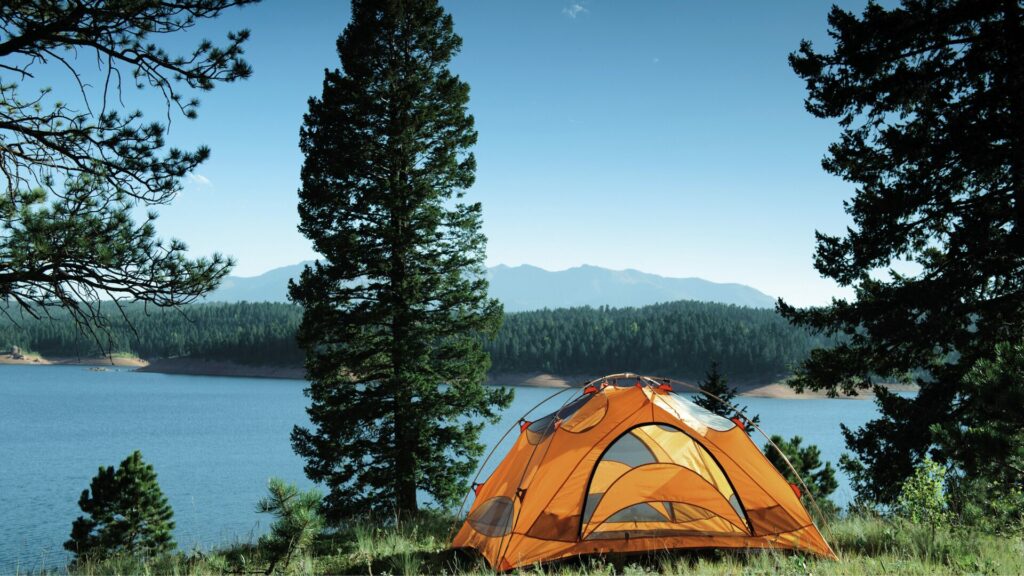
Is Visiting Great Smoky Mountains National Park Worth It?
There’s a reason more than ten million people have visited Great Smoky Mountains National Park every year since 2014. It’s accessible for all, there are dozens of camping opportunities, and outdoor adventurers can enjoy endless recreational activities.
While the fall is prime tourist season here, we suggest visiting at least once during this time of year to experience the stunning beauty of the changing leaves. Planning and being flexible will help you make the most of your visit during this popular season.
You’ll have opportunities to see white-tailed deer, wild turkeys, black bears, and elk. You can attend a workshop to learn about synchronous fireflies, old-growth forests, salamanders, early settlers, the Cherokee, and more. There’s so much to experience at Great Smoky Mountains National Park!
When will you visit the border of Tennessee and North Carolina?




